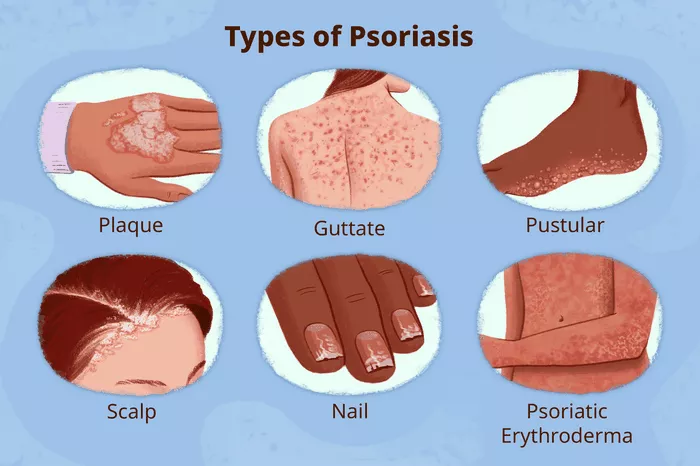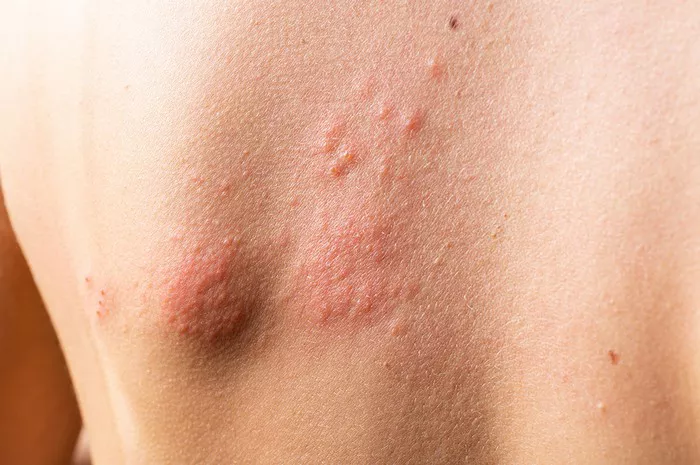Vitiligo is a chronic skin condition characterized by the loss of pigment in certain areas of the skin, resulting in white patches. While its exact cause remains elusive, researchers have made significant strides in understanding its genetic underpinnings. One of the key questions that often arises in discussions about vitiligo is whether the condition is governed by dominant or recessive genetic factors. In this article, we delve into the complexities of vitiligo genetics, exploring the evidence for both dominant and recessive inheritance patterns.
Introduction to Vitiligo
Before delving into the genetics of vitiligo, it is essential to understand the basics of the condition itself. Vitiligo affects approximately 1% of the global population, irrespective of age, race, or gender. It typically manifests as depigmented patches on the skin, resulting from the destruction of melanocytes, the cells responsible for producing melanin, the pigment that gives skin its color.
Vitiligo can have a profound impact on an individual’s quality of life, affecting not only their physical appearance but also their psychological well-being. Despite its prevalence and the significant burden it imposes, the precise mechanisms underlying vitiligo development remain incompletely understood. Genetic factors are known to play a crucial role, with familial clustering and a higher prevalence among relatives of affected individuals supporting a genetic component.
The Genetic Basis of Vitiligo
The genetic basis of vitiligo is complex, involving multiple genes and intricate interactions between genetic and environmental factors. Genome-wide association studies (GWAS) have identified numerous susceptibility loci associated with vitiligo, shedding light on the genetic architecture of the condition. These studies have revealed a diverse array of genes involved in various biological pathways, including immune regulation, melanocyte function, and oxidative stress response.
One of the challenges in elucidating the genetics of vitiligo lies in its heterogeneous nature, with different genetic variants contributing to disease susceptibility in different individuals. This heterogeneity underscores the need for comprehensive genetic analyses and personalized approaches to understanding and managing the condition.
Dominant Inheritance: Evidence and Implications
The concept of dominant inheritance suggests that a single copy of a mutant gene from either parent is sufficient to cause the expression of a particular trait or disorder. In the context of vitiligo, the question arises: could the condition be inherited in a dominant fashion?
While dominant inheritance patterns have been proposed for some genetic disorders affecting pigmentation, such as certain forms of albinism, the evidence for dominant inheritance in vitiligo remains limited. Familial studies have provided conflicting results, with some suggesting patterns consistent with dominant inheritance, while others point to more complex inheritance models or multifactorial influences.
Moreover, the identification of causative mutations associated with vitiligo has predominantly implicated genes involved in immune dysregulation and melanocyte function, which may not align with typical patterns of dominant inheritance. Nevertheless, rare cases of familial vitiligo with apparent autosomal dominant transmission have been reported, suggesting that further investigation is warranted to elucidate the role of dominant genetic factors in specific subsets of affected individuals.
Recessive Inheritance: Exploring the Evidence
In contrast to dominant inheritance, recessive inheritance requires the presence of two copies of a mutant gene, one from each parent, for the expression of a trait or disorder. Recessive inheritance patterns are commonly associated with disorders caused by loss-of-function mutations, where the presence of a single functional copy of the gene is sufficient to maintain normal cellular function.
Evidence supporting recessive inheritance in vitiligo comes from various sources, including familial aggregation studies, molecular genetics research, and animal models. Familial clustering of vitiligo cases often exhibits patterns consistent with autosomal recessive inheritance, with affected individuals typically having unaffected parents who are carriers of the mutant allele.
Furthermore, studies investigating the molecular mechanisms underlying vitiligo pathogenesis have identified mutations in genes associated with melanocyte function and immune regulation, many of which follow recessive inheritance patterns. For example, mutations in genes encoding proteins involved in melanin synthesis, such as tyrosinase-related protein 1 (TYRP1) and tyrosinase (TYR), have been implicated in rare forms of congenital recessive syndromes associated with hypopigmentation and increased susceptibility to vitiligo.
Animal models of vitiligo, such as mice with mutations in genes critical for melanocyte survival or immune regulation, have also provided valuable insights into the recessive nature of certain genetic factors underlying the condition. These models recapitulate key features of human vitiligo and support the notion that loss-of-function mutations in specific genes can predispose individuals to pigmentary disorders through recessive inheritance mechanisms.
Complex Inheritance: Integrating Multiple Factors
While the debate between dominant and recessive inheritance in vitiligo continues, it is essential to recognize that the condition likely involves a complex interplay of genetic and environmental factors. Rather than adhering strictly to traditional Mendelian inheritance patterns, vitiligo genetics may encompass a spectrum of inheritance modes, including polygenic inheritance, gene-environment interactions, and epigenetic modifications.
Polygenic inheritance refers to the combined effects of multiple genetic variants across different loci, each exerting a modest influence on disease susceptibility. Genome-wide association studies have identified numerous susceptibility loci associated with vitiligo, highlighting the polygenic nature of the condition. These genetic variants may interact with environmental triggers, such as ultraviolet (UV) radiation, autoimmune processes, and psychological stress, to precipitate the development of vitiligo in susceptible individuals.
Moreover, epigenetic modifications, which regulate gene expression without altering the underlying DNA sequence, may contribute to the variability observed in vitiligo phenotypes. Dysregulation of epigenetic mechanisms, such as DNA methylation, histone modification, and non-coding RNA expression, has been implicated in various autoimmune and inflammatory disorders, including vitiligo. Understanding the epigenetic landscape of vitiligo holds promise for uncovering novel therapeutic targets and refining personalized treatment strategies.
Conclusion
In summary, the genetics of vitiligo are multifaceted, encompassing a complex interplay of genetic and environmental factors. While the debate between dominant and recessive inheritance persists, evidence suggests that the condition may involve a spectrum of inheritance modes, including polygenic inheritance, gene-environment interactions, and epigenetic modifications.
Advances in genomic technologies, such as next-generation sequencing and functional genomics, offer unprecedented opportunities to unravel the genetic architecture of vitiligo and identify novel therapeutic targets. By elucidating the underlying genetic mechanisms driving vitiligo pathogenesis, researchers aim to pave the way for precision medicine approaches that tailor treatments to the individual genetic and environmental factors contributing to each patient’s condition.
Ultimately, a comprehensive understanding of the genetics of vitiligo holds the key to unlocking new insights into disease pathogenesis, improving diagnostic accuracy, and developing targeted therapies that address the underlying molecular mechanisms driving pigmentary disorders. As research continues to advance, the prospect of personalized treatments for vitiligo grows ever closer, offering hope for individuals affected by this challenging condition.


























